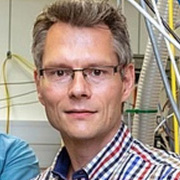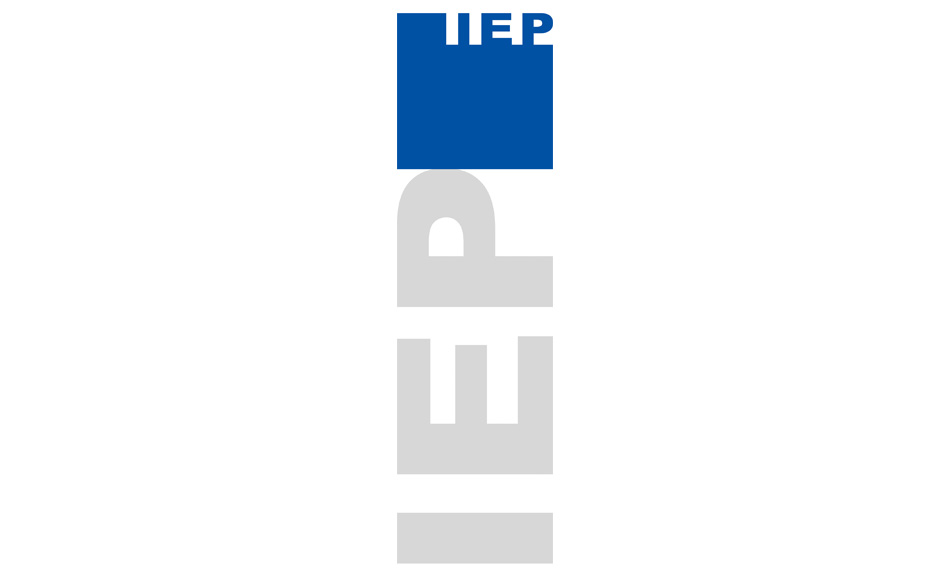CUSTOMER SUCCESS STORY
Graz University of Technology
Ultrafast Laser System Enables First LAES in Condensed Matter
The Challenge
Researchers in fields from materials science to enzyme dynamics want tools to interrogate liquid and solid samples with both higher spatial and temporal resolution. Laser optical methods can easily reach the femtosecond (fs) timescale but their spatial resolution is limited by diffraction. Conversely, electron diffraction can reach atomic resolution but lacks temporal resolution. One possible route to combine the best of both is to use an fs laser pulse to interact with electrons in a mechanism called laser-assisted electron scattering (LAES). But until recently LAES had only been observed in gas-phase samples.
The Solution
Professor Markus Koch at the Institute of Experimental Physics (IEP) in the Graz University of Technology, Austria, explains, “In LAES, electrons gain or lose energy by colliding with atoms while being irradiated by a strong laser light field. So if you use a detection method for the electrons that has energy discrimination, you can detect only the electrons that have interacted with the sample during the laser pulse. With femtoseconds laser pulses, you effectively have electron pulses on that same timescale.”
In experiments led by graduate student Leonhard Treiber, the Koch lab attempted LAES in simple condensed samples. These were tiny (3-30 nm) droplets of superfluid helium, each loaded with single atoms (In or Xe) or molecules (acetone) that served as an electron source. The droplets were irradiated by focused 800 nm pulses from a Coherent Legend Duo amplifier operating at 3 kHz and 25 fs. The laser light induced above-threshold ionization (ATI) of the single-particle targets, followed by LAES caused by the helium atoms forming the droplet shell. The photoelectron energy spectrum was then recorded using standard time of flight measurement.
Koch emphasizes that the stability of the Legend Duo was critical because the combination of isolated atoms and single droplets meant very weak signals requiring overnight data runs totalling 10 hours. He also notes that this laser has proved a reliable workhorse for over 8 years. “We’ve no need to focus on this laser; we might optimize it at most twice a year. It really is a reliable, hands-free femtosecond source.”
The Result
Comparison of the electron spectra obtained with and without helium shell confirmed that LAES was taking place. The data were then thoroughly analyzed and modeled in collaboration with Markus Kitzler-Zeiler at TU Wien, and Reika Kanya from Tokyo Metropolitan University. Their groundbreaking results were published in Nature Communications.


“We’ve no need to focus on the Legend Duo amplifier. It really is a reliable, hands-free femtosecond source."
— Professor Markus Koch, Graz University of Technology, Austria